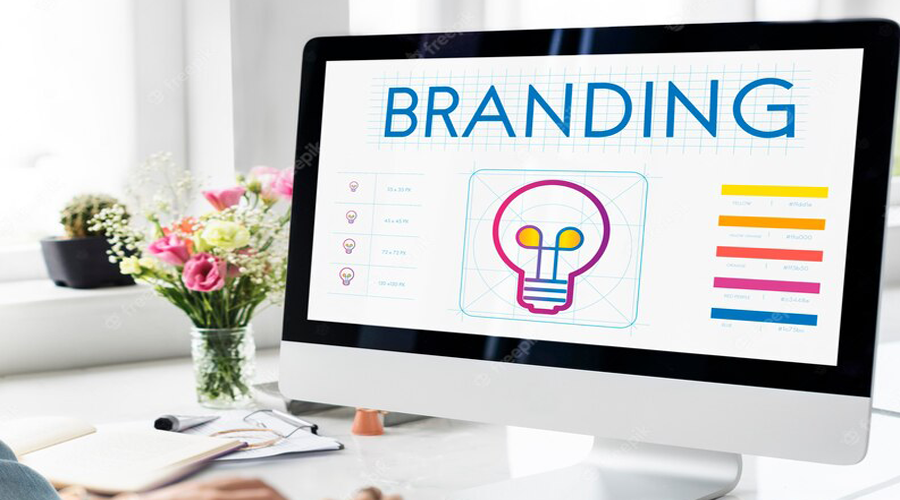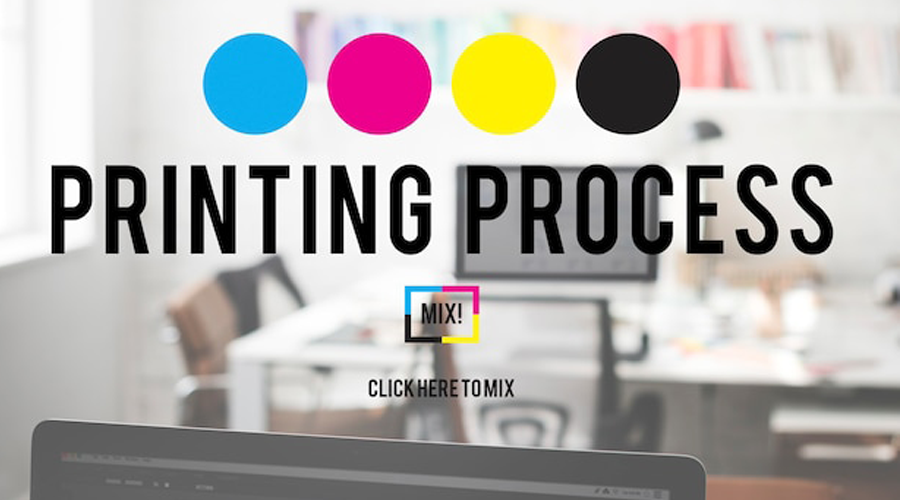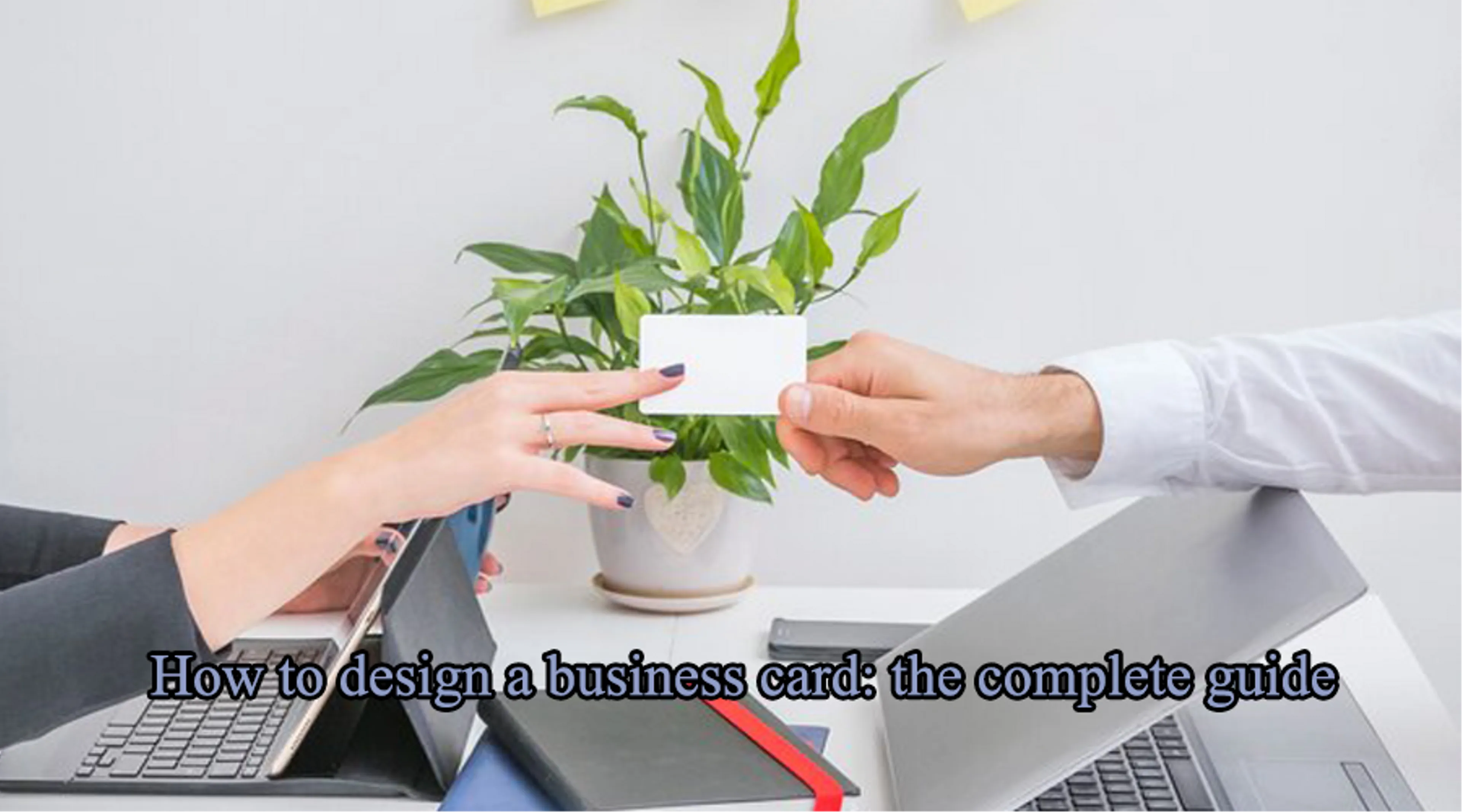Step into the world of business cards, where the digital era clashes with the timeless power of print. In a world filled with virtual connections, the printed business card remains a steadfast symbol of the business realm, holding its ground with undeniable allure. But what makes this humble piece of paper so captivating? Well, let me tell you.
Think of a business card as a magical miniaturized gateway to your professional persona. It's like a secret agent that carries all your vital information in a compact, visually enticing format. Your name, your brand logo, and the essential details like your website, phone number, and social media handles - all neatly packaged on this diminutive card.
But it's not just about the convenience of having all your contact info in one place. No, it's much more than that. A business card weaves together the threads of connection and memory, leaving a lasting impression on potential leads. Picture this: your card nestled in the palm of someone's hand, creating a tangible connection between you and your business. It's a physical keepsake that has the power to stir curiosity and beckon others to reach out.
Not only is it an invitation, but a business card also acts as a representative of your professional prowess. It speaks volumes about your attention to detail, your sense of style, and your commitment to excellence. It's a visual embodiment of your brand identity that should never be underestimated or overlooked.
Now, you might be wondering how to create this pocket-sized work of art. Fear not, for the path to crafting a captivating business card lies before you, ready to be explored. You have two choices: enlist the help of a professional designer who can bring your vision to life, or take the reins yourself and venture into the realm of Webfity design using a business card maker. Whichever path you choose, prepare to embark on a journey of creativity and self-expression.
Creating a business card can be done with the help of a professional designer, or independently using a business card maker. Here’s everything you need to learn how to design a business card on your own, explained in a few simple steps:
How to design a business card
Designing a business card may seem like a simple task, but it requires some planning and preparation. Here are some things to consider before you start designing your card:
1. Choose your business card size
The standard size for a business card in the US is 3.5 x 2 inches, but you can also opt for different shapes and sizes depending on your preference and budget. For example, you can choose a square, round, or oval card, or a mini or oversized card. You can also use a die-cut technique to create custom shapes that match your logo or theme. However, keep in mind that some unconventional sizes and shapes may not fit in standard card holders or wallets, and may cost more to print.

he next decision you will have to make is deciding on the size of your business card. The standard business card size varies from country to country (you can use the list below as a guide). Even if you choose to go with a different size to stand out, you’ll still need to know the standard so you can choose against it.
- North American Standard: 3.5 × 2 in. (88.9 × 50.8 mm)
- European Standard: 3.346 × 2.165 in. (85 × 55 mm)
- Oceania Standard: 3.54 × 2.165 in. (90 × 55 mm)
- Philippines: 3.5 × 2 in. (88.9 × 50.8 mm)
Regardless of the size you end up choosing, you’ll want to have the following when designing your business card:
- Bleed area: the outermost edges of the business card which will most likely be removed or cut off during production.
- Trim line: the guide lines for cutting the cards.
- Safety line: any element that falls outside this line is subject to cutting mistakes. Don’t put anything important, such as logos or text, outside this line.
While these areas vary depending on your business card size, template, and even your printer, a good guide to follow is:
- Trim line: 0.125 in (3 mm) from the edge.
- Safety line: 0.125 in (3 mm) from the trim line.
- Bleed line: 0.250 in (6 mm) or the total from the edge of the bleed are to the inside of the safety area.
2. Get your branding assets in order
Before you design your card, you need to have your branding assets ready. These include your logo, color scheme, fonts, and images that represent your brand identity and message. Your branding assets should be consistent across all your marketing materials, including your website, social media, brochures, flyers, etc. Having a clear and coherent brand identity will help you create a business card that is recognizable and memorable.

What exactly sets them apart though? Try convincing your organization that this is something you need, and that’s a question you’re bound to run into. Consider the following:
They’re better equipped to store rich media. Video, images, and other marketing-specific assets are better supported with a Webfity than generic storage.
Webfitys are easier to organize. Advanced tagging and labelling makes it easier to store a file in one place instead of re-copying it across multiple different folders.
Better version control. Webfitys are often built to handle version control issues better than alternatives, making it simpler to ensure you’re sharing the most recent version of every file.
Added security. Dedicated Webfity tools are generally well-secured to keep your assets safe.
3. Decide on the direction your card will take
Once you have your branding assets ready, you need to decide on the direction your card will take. This means choosing the layout, style, and tone of your card. Do you want a single-sided or double-sided card? Do you want a horizontal or vertical orientation? Do you want a minimalist or elaborate design? Do you want a formal or casual tone? These decisions will depend on your industry, target audience, and personal preference. For example, if you are a lawyer, you may want a single-sided, horizontal, and minimalist card with a formal tone. If you are a graphic designer, you may want a double-sided, vertical, and elaborate card with a casual tone.
4. Avoid the common mistakes
When designing your card, you want to avoid some common mistakes that can ruin your impression or make your card ineffective. Here are some of them:
- Using too many colors, fonts, or images that clash or distract from your message
- Using low-quality or pixelated images or logos that look unprofessional or blurry
- Using too small or too fancy fonts that are hard to read or understand
- Using too much or too little information that makes your card cluttered or incomplete
- Using outdated or incorrect information that makes your card irrelevant or misleading
- Using poor-quality or cheap materials that make your card flimsy or dull
5. Add eye-catching imagery
One way to make your business card stand out is to add eye-catching imagery that complements your brand identity and message. You can use images that showcase your products, services, portfolio, or personality. For example, if you are a photographer, you can use a photo of your best work or yourself holding a camera. If you are a baker, you can use a photo of your delicious cakes or cupcakes. If you are a yoga instructor, you can use a photo of yourself in a yoga pose. However, make sure the images you use are high-quality, relevant, and appropriate for your industry and audience.
6. Finalize before you print
The last step of designing your business card is to finalize it before you print it. This means checking for any errors, typos, or inconsistencies on your card, and making sure it meets the printing specifications and requirements. You can also ask for feedback from others, such as your colleagues, friends, or family, to see if your card is clear, attractive, and effective. Once you are satisfied with your card, you can print it using a professional printing service that can deliver high-quality results.

7. Use unique touches to stand out
Another way to make your business card stand out is to use unique touches that add some flair and personality to your card. You can use techniques such as embossing, debossing, foil stamping, spot UV, or edge painting to create some texture and contrast on your card. You can also use materials such as wood, metal, plastic, or recycled paper to create some interest and appeal on your card. However, make sure the unique touches you use are suitable for your brand identity and message, and do not compromise the readability or functionality of your card.
Simple and easy to use sales business website design template
8. What to put on a business card
The information you put on your business card will vary depending on your industry, purpose, and preference, but there are some essential elements that every business card should have. These are:
- Your name and title: This is the most important element of your card, as it tells people who you are and what you do. Use your full name and professional title, and make sure they are clear and prominent.
- Your logo and tagline: This is the second most important element of your card, as it tells people what your brand is and what it stands for. Use your logo and tagline to convey your brand identity and message, and make sure they are consistent with your other branding assets.
- Your contact details: This is the third most important element of your card, as it tells people how to reach you. Use the most relevant and preferred contact details for your industry and audience, such as phone number, email address, website, social media handles, etc. Avoid using too many contact details that may confuse or overwhelm people.
- Your call to action: This is an optional but useful element of your card, as it tells people what you want them to do next. Use a call to action to encourage people to visit your website, follow you on social media, book a consultation, etc. Make sure your call to action is clear and compelling.
Conclusion
A business card is more than just a piece of paper with your name and contact details on it. It is a powerful marketing tool that can help you create a lasting impression on potential clients, customers, partners, or employers. By following the steps and tips in this guide, you can design a business card that reflects your brand identity and message, and stands out from the crowd.
